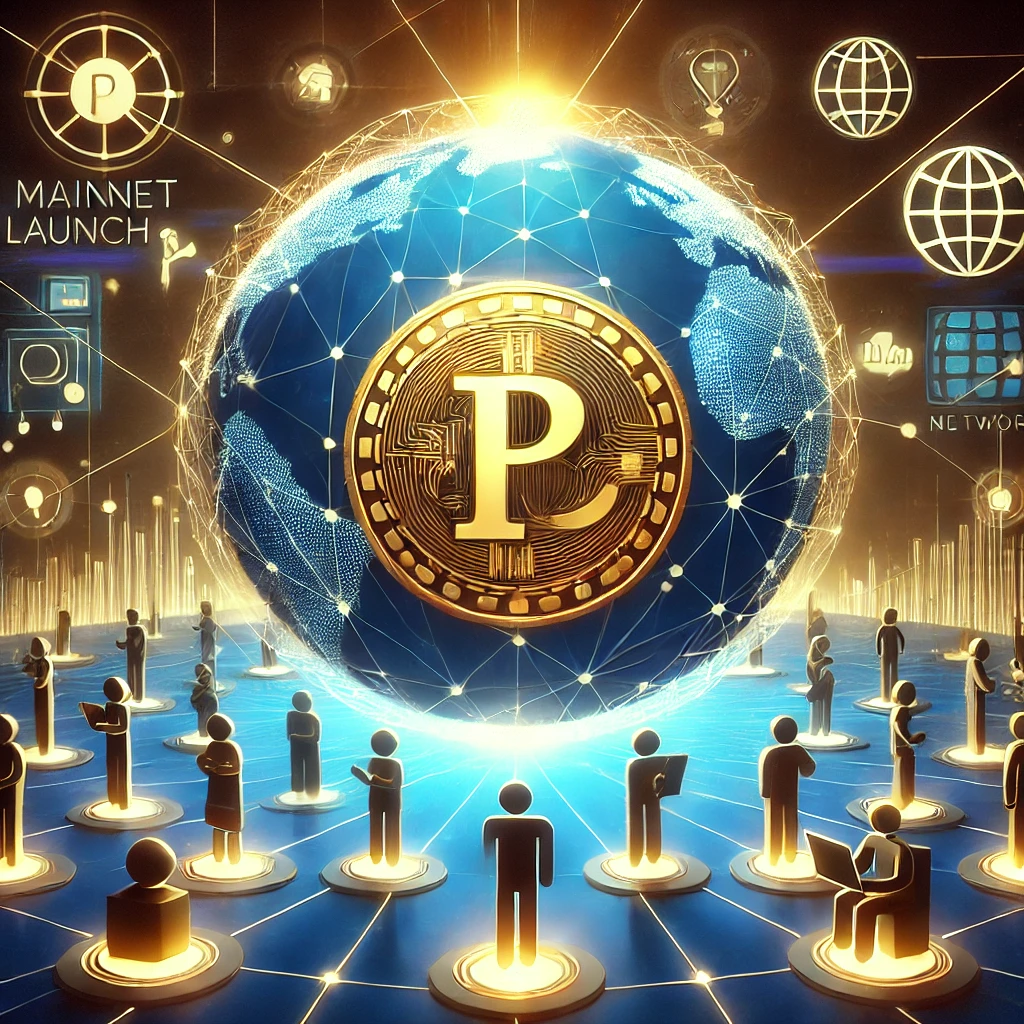Web3, the next iteration of the internet, is gaining significant traction in both technology and business. With a focus on decentralization, blockchain, and user empowerment, Web3 promises to transform the way we interact online. Unlike Web2, which is largely controlled by centralized entities, Web3 allows users to own their data, control their digital assets, and participate in open, transparent ecosystems. In this post, we explore the core principles of Web3 and its latest innovations across different industries.

1. What is Web3?
Web3 is often referred to as the “decentralized web.” It builds on blockchain technology, where data is distributed across networks of nodes, ensuring transparency and security without the need for central authorities. Web3 enables peer-to-peer transactions, decentralized applications (dApps), and tokenized assets, giving users more control over their digital identities and financial activities.
The driving force behind Web3 is the idea that the internet should belong to its users, not large corporations. Through the use of smart contracts, DeFi (Decentralized Finance), and NFTs (Non-Fungible Tokens), Web3 empowers individuals to take ownership of their digital experiences.
2. DeFi: Disrupting Traditional Finance
Decentralized Finance, or DeFi, has emerged as one of the most exciting aspects of Web3. DeFi platforms eliminate intermediaries like banks by using blockchain to facilitate direct peer-to-peer transactions. This allows users to borrow, lend, and trade cryptocurrencies, access financial services, and earn interest on their digital assets.
Recently, DeFi platforms like Aave, Uniswap, and MakerDAO have seen explosive growth, amassing billions in total value locked (TVL). The appeal lies in their open, permissionless systems, which are accessible to anyone with an internet connection. DeFi is quickly revolutionizing traditional financial systems by offering users transparency, lower fees, and complete control over their assets.
3. NFTs: Redefining Digital Ownership
Non-Fungible Tokens (NFTs) are another groundbreaking innovation within the Web3 space. NFTs are unique, digital assets stored on the blockchain, representing ownership of things like digital art, music, collectibles, or even virtual real estate. Unlike cryptocurrencies, which are interchangeable, NFTs have distinct properties that make them one-of-a-kind.
In the past year, NFTs have exploded in popularity. Platforms like OpenSea, Rarible, and Foundation have become hubs for NFT trading, allowing creators to monetize their work in ways never before possible. Beyond digital art, NFTs are now being integrated into gaming, virtual worlds, and even the entertainment industry, where they are transforming how we think about digital ownership and value.
4. Web3 and the Metaverse: The Future of Virtual Interaction
Web3 and the Metaverse are closely intertwined, with both concepts revolving around decentralized, user-controlled environments. The Metaverse is a virtual space where users can work, play, socialize, and own virtual assets. Web3 enables a decentralized Metaverse by ensuring that users maintain ownership of their digital identities and virtual properties.
Projects like Decentraland, The Sandbox, and Meta (formerly Facebook) are pioneering the Metaverse movement. In these virtual worlds, users can purchase land, create avatars, and build immersive experiences. Web3’s integration with blockchain technology ensures that all assets in the Metaverse—whether it’s a virtual house, artwork, or in-game item—are owned by the user and verifiable on the blockchain.
5. Web3 Social Media: User-Owned Content
Another important development in the Web3 landscape is decentralized social media. Unlike current platforms where user data is collected and monetized by companies, Web3 social media gives control back to the users. Platforms like Lens Protocol and Mastodon allow users to own and monetize their content, ensuring privacy and transparency.
In a Web3 social ecosystem, content creators can earn cryptocurrency for their contributions, and their data is stored securely on decentralized networks. This new model challenges the centralized platforms of Web2 by empowering users to take charge of their online presence and benefit from the value they create.
6. Challenges and the Future of Web3
While Web3 is full of promise, it also faces several challenges. Scalability, regulatory uncertainty, and user adoption are some of the key obstacles that need to be addressed. Blockchains like Ethereum, which powers many Web3 applications, are working on scaling solutions, such as Ethereum 2.0 and layer 2 networks, to accommodate a larger number of transactions at lower costs.
Additionally, as more governments around the world look to regulate digital currencies and decentralized platforms, Web3 will need to navigate the complex landscape of regulatory frameworks to ensure widespread adoption.
Conclusion
Web3 is transforming the way we think about the internet and digital ownership. With decentralized finance, NFTs, the Metaverse, and user-controlled social media, Web3 is leading the charge toward a more open and user-centric internet. As the technology continues to evolve, Web3 will unlock new opportunities across industries and create a more equitable digital landscape for all.
Leave a Reply